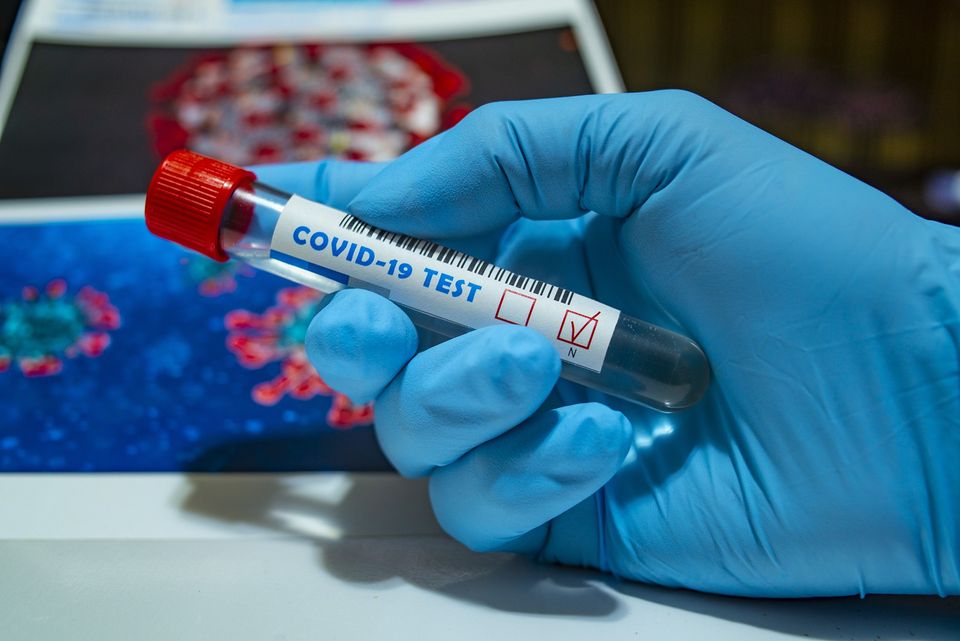Covid-19: New Paper Analyzes Efficiency of Different Tracing Approaches
Note: This is an automated translation (by DeepL) of the original german article.
The focus of the paper is to quantify and analyse the effects of measures such as contact tracing and the interruption of infection chains. The paper is currently undergoing the peer review process.
Thanks to the measures taken to contain the epidemic, the number of Covid-19 cases in Austria is currently at a pleasingly low level. The question now is what measures can be taken to contain the epidemic efficiently with as few side effects and restrictions as possible. A paper on this issue has now been published by dwh GmbH, the Vienna University of Technology and DEXHELPP. The preprint can be downloaded from the medRxiv server.
"The stable numbers of new cases of Covid-19 in the course of the last weeks are pleasing - especially considering the gradual relaxation of the measures. Nevertheless, caution is still required, as the regularly detected infection clusters show", says Niki Popper. The danger is that in future it will not be possible to quickly identify and then narrow down a sufficiently large number of clusters and the resulting infection chains. In this case, the infection could spread again quickly and lead to another rapid increase in the number of cases.
This makes it all the more important at this point in time to carry out intensive and targeted testing despite low numbers, in order to detect possible clusters as quickly as possible before they spread further. On the other hand, it is necessary to understand more precisely the ways in which the disease spreads and to research the effectiveness of the measures in order to collect evidence.
DEXHELPP is working intensively with dwh GmbH and TU Wien platform to further refine the simulation model, which has been jointly developed over the years, in order to achieve better and more accurate statements and results step by step.
Translation by DeepL
